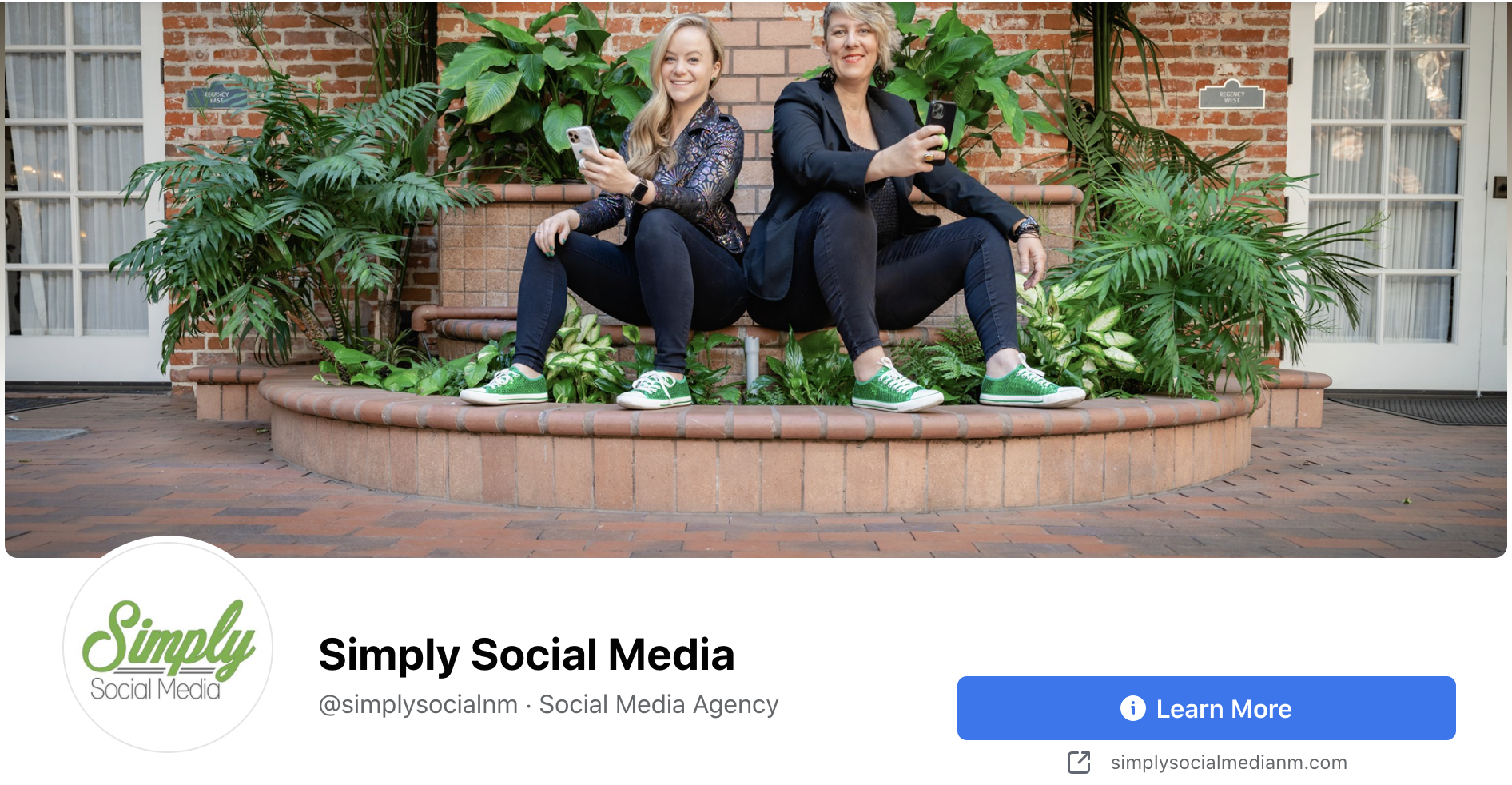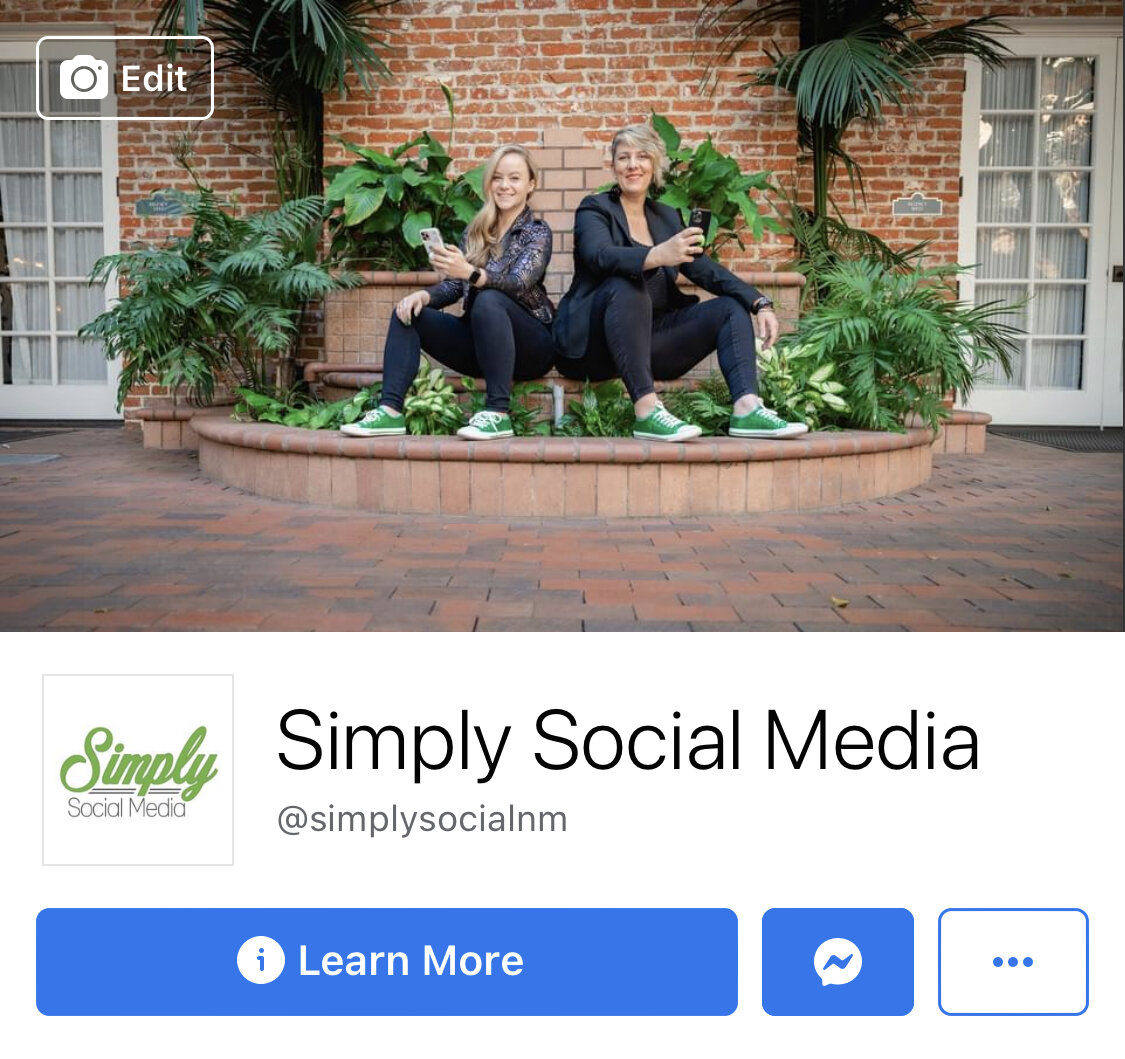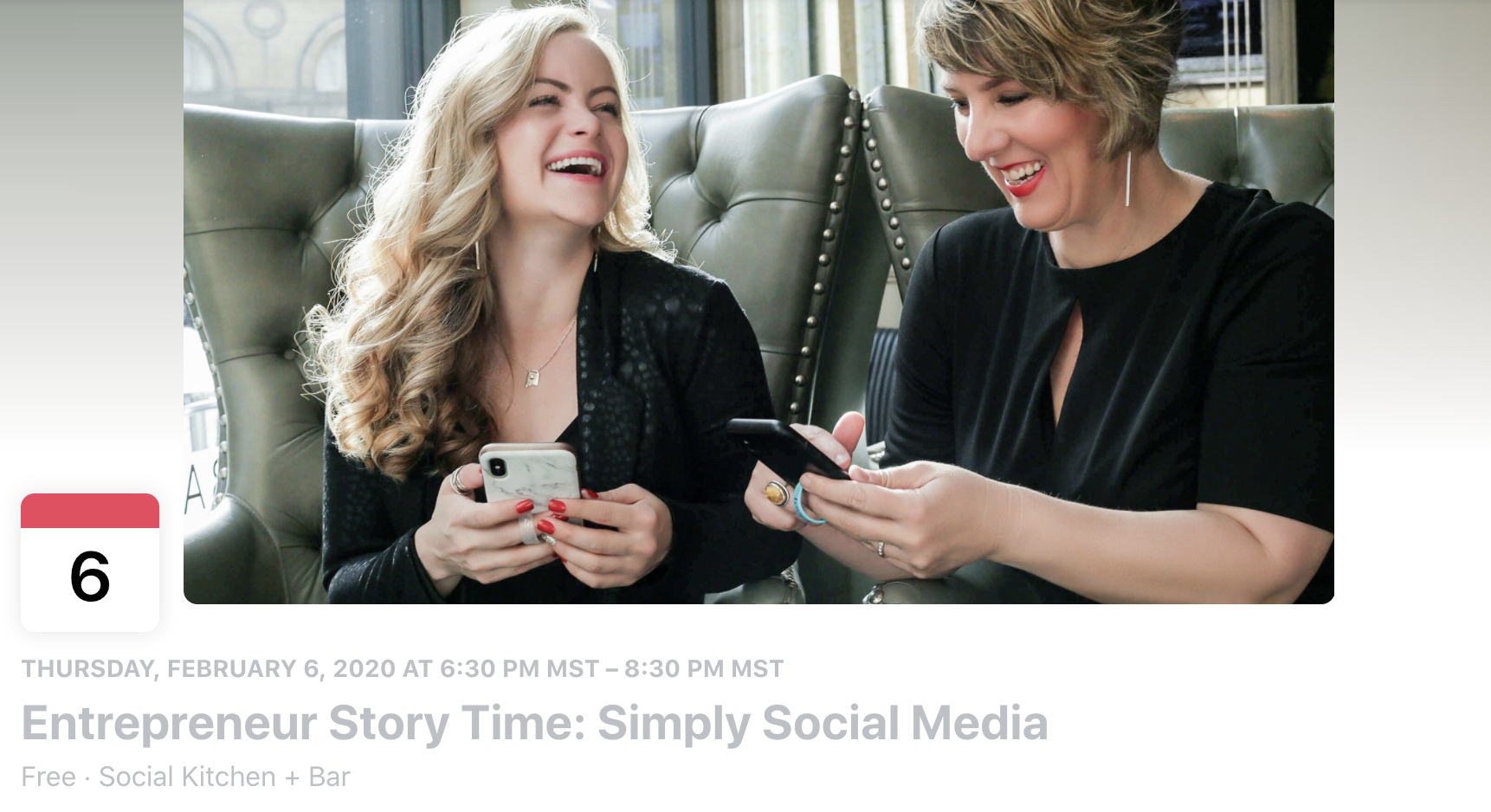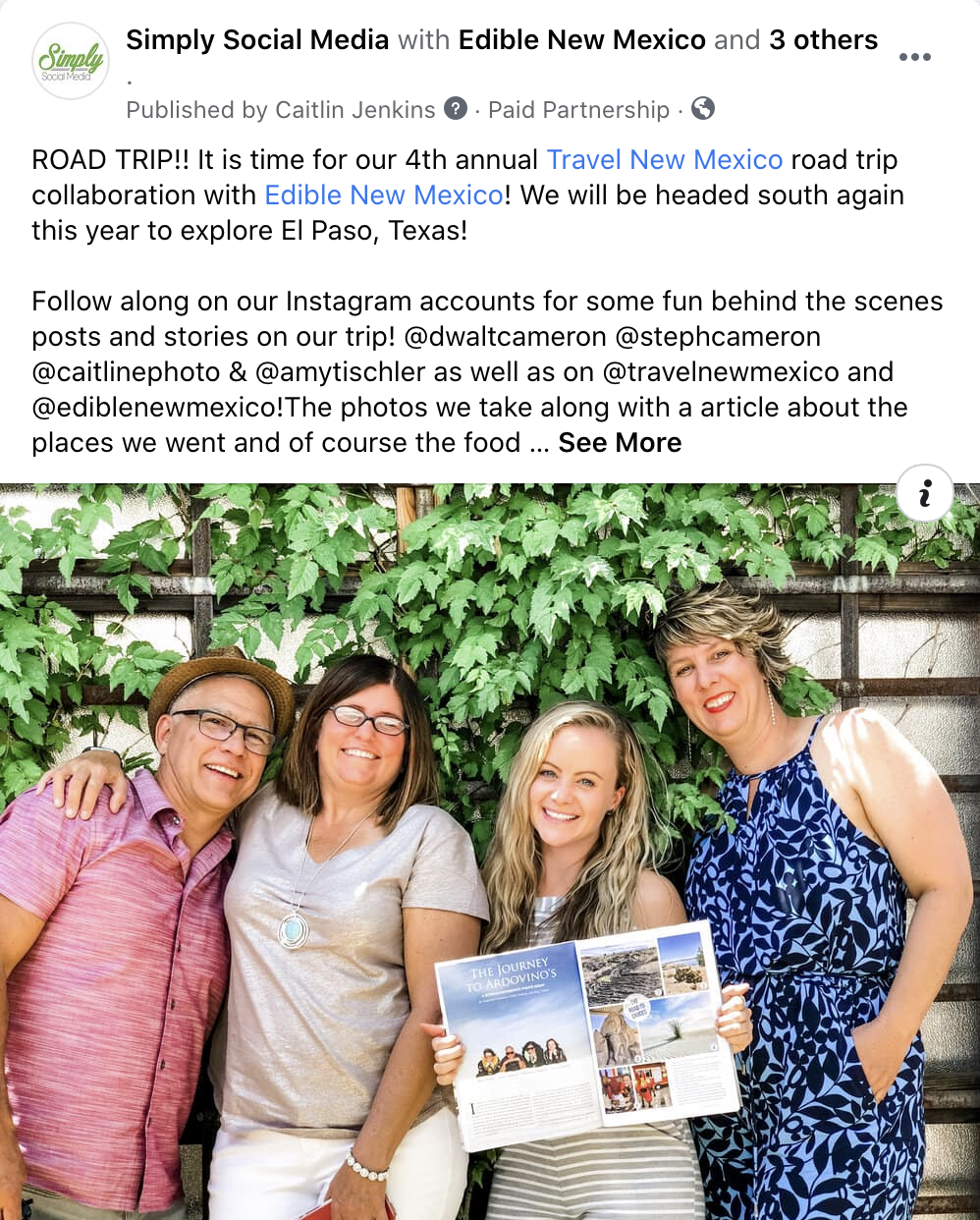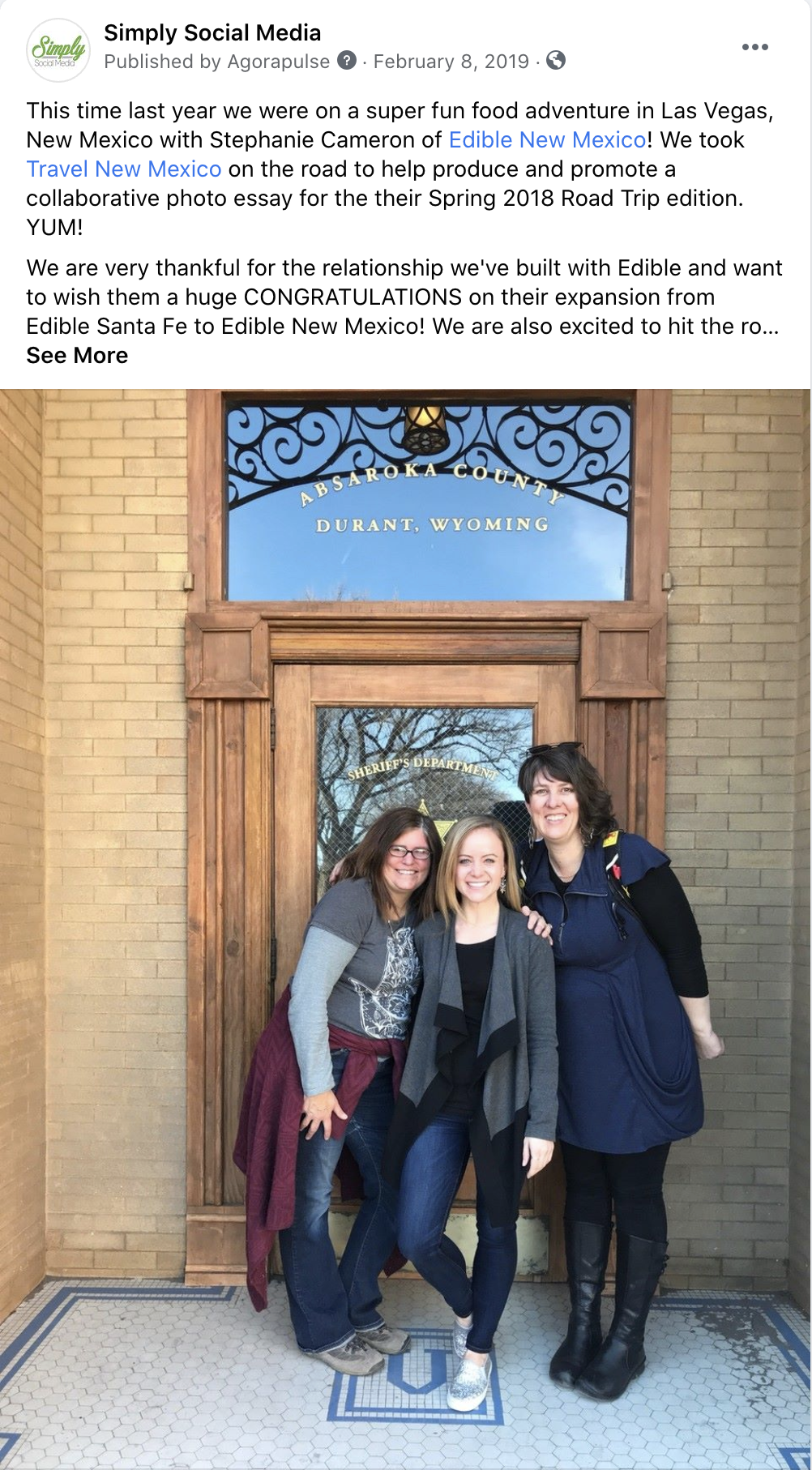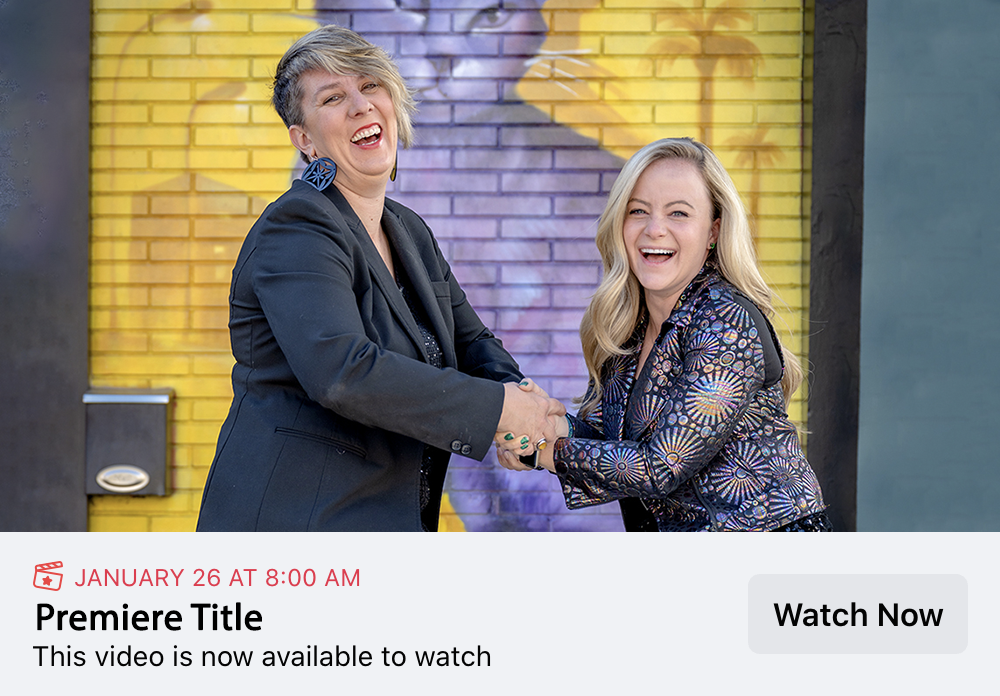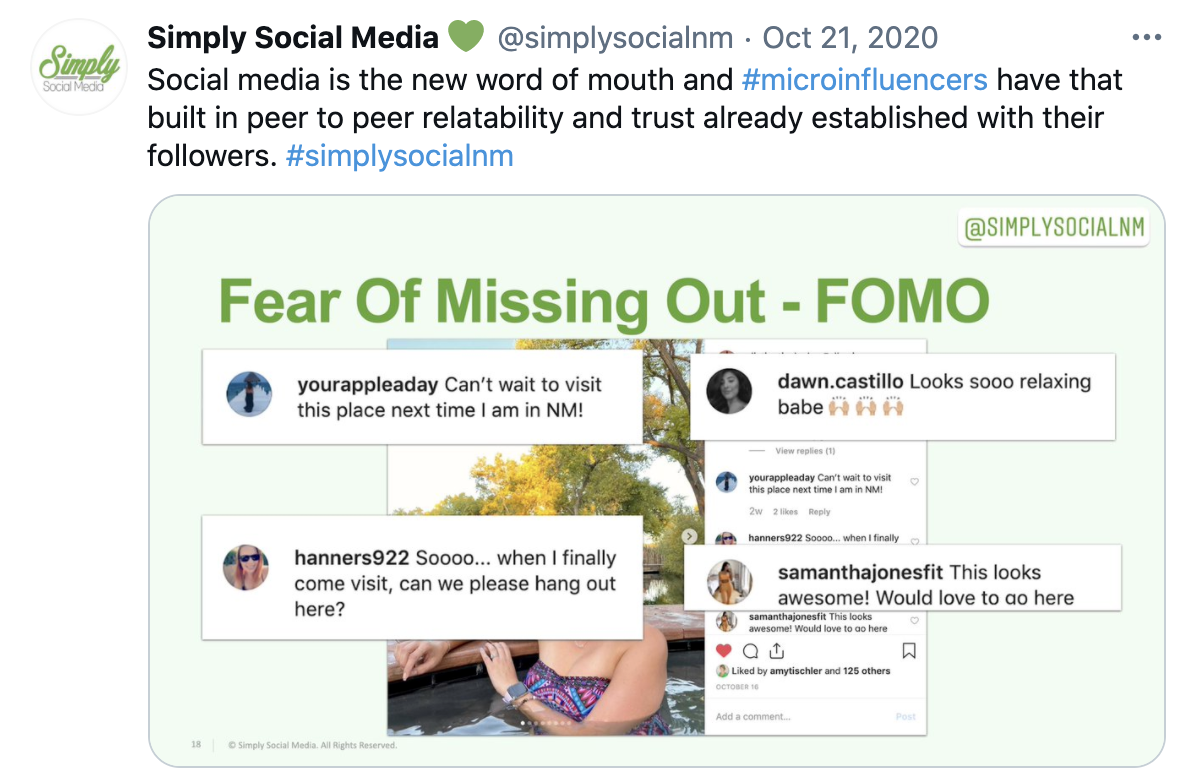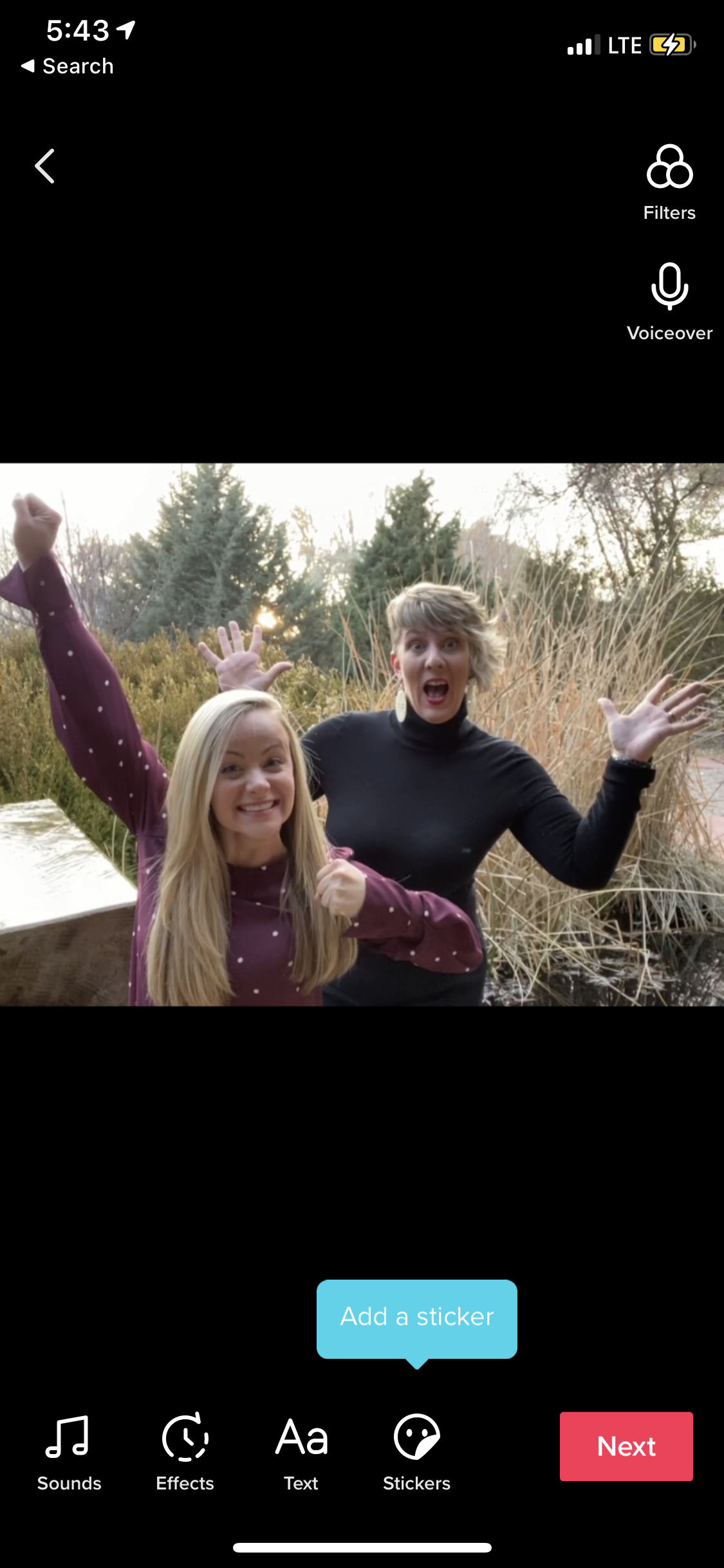- Updated as of February 2, 2021 -
One of the biggest differences between a good social media account and a great social media account comes down to one simple concept: follow through. You’ve thought about your branding and campaigns, you’ve collected your visual media, but it’s not over yet. The very necessary step to doing your hard work justice is making sure your imagery adheres to size and resolution guidelines. You know when you go to a Facebook page and the cover image is pixelated and half the text doesn’t show? That’s not gonna be you, nope, no way. While we wish we could all wave a wand and abracadabra our way to perfectly formatted images for all the varying platforms, the social media gods have a different plan in mind. Luckily we have the latest specs for Instagram, Facebook, and Twitter to make sure you succeed in posting the glorious, perfectly sized images you deserve.
Before we get started, what are all these ratios about? Don’t be intimidated by all the numbers below—even if you’ve never thought about pixels before, modern technology has equipped most of our phones with easy to use editing software that will sort this all out for you. When you go into editing mode on your phone, you’ll see a selection of different ratios, then just select the one you need for each application. Done! Easy! In terms of pixels, you generally don’t need to stress over those either. If you were editing photos in Photoshop for instance, you could crop based on pixel size, but in most cases, our phones will do the trick. You will want to be aware of the resolution. If a photo is low resolution when you’re looking at it on your phone (meaning it’s pixelated and fuzzy), it’s going to look unprofessional on any social media platform. You’ll also want to be aware of image sizes that are way too big, as they’ll get compressed and also not look so hot. The only time this is likely to happen is if you’re working with images from a professional photographer, in which case you can always request photos sized for social—most photographers working today will have the wherewithal to do so.
First up, Facebook.
Facebook Page Cover Photos
Let’s get the trickiest one over with first. Generally, people don’t change their Facebook Page’s cover photos too frequently, so you won’t have to maneuver this one often. The main consideration with cover photos is that almost 200 pixels aren’t visible on mobile, so you have to work with an image that has focused information in the center, and sides that aren’t essential to its composition.
Can be a photo, video, or slideshow.
Displays at 820 x 312 pixels on desktop and 640 x 360 pixels on smartphones.
The safest way to design your cover photo is to keep any text, faces, or key design elements in center because the sides may get cropped. Depending on the orientation of the image, this cropping may be on the top and bottom, or on the sides.
This is a Facebook Page cover photo from the desktop web browser version of Facebook.
This is a Facebook Page cover photo from the mobile app version of Facebook.
Facebook Event Cover Photos
While the cut-off ratio isn’t as sneaky as the Facebook page cover photos, event cover photos are likely to appear differently on various devices, so keep all your necessary details in the center. The most eye-catching event photos tend to have minimal text, if any, so avoid putting all event details right on the image. Remember that your event’s name will appear below the image if people are browsing through events, so users will still be able to easily see your event name.
Can be a photo or video.
Ideal post size is 1920 x 1080 pix.
Keep in mind this will show as a square in some places on Facebook.
This is a Facebook event cover photo from the desktop web browser version of Facebook. The text is greyed out because the event is in the past. This is the view users will see when they click into the Facebook Event.
This is a Facebook event cover photo ALSO from the desktop web browser version of Facebook, but from the Events tab on a Business’ Facebook Page.
Facebook Feed Post Sizes
Posting the right images on Facebook is pretty breezy! Most any image size will work just fine as a Facebook post, but the recommended dimensions are 1200 x 630 px.
Horizontal posts can be 1.91:1 (1080 x 608 px)
Square posts can be, you guessed it, 1:1 (1080 x 1080 px)
Vertical posts can be 4:5 (1080 x 1350 px)
Facebook Feed Video Post Sizes
Facebook supports a range of sizes, from 1.91:1 (1080 x 608 px) to 4:5 (1080 x 1350 px). The recommended size is 16:9 (1280 x 720 px).
Facebook Playlist & Series Covers
In 2020, Facebook Series, a new way to organize videos. Utilizing Series is a great tool if you’re creating video content that has a narrative arc, that way you can organize the videos to be viewed in a specific order. You can treat your videos like episodes, placing them within a certain season within a series, and more. Facebook also has Playlists, which are a more pared-down version of Series.
When creating a playlist, Facebook will allow you to add a cover image. The best size is 1080 x 420 px. If you don’t add one, Facebook will use the thumbnail from the first video in the playlist.
Facebook Premiere Videos
Facebook Premiere allows users to upload a pre-recorded video to Facebook Live, so you get the benefits of Live, such as real-time engagement with viewers, without the filming on the fly stress.
Videos can be no larger than 1920 x 1080 px.
For the image thumbnail, the ratio is 1.91:1. Images uploaded with other aspect ratios are auto-sized or auto-cropped to fit. The minimum size required is 400 x 150 px.
Now to our true love, Instagram
Instagram Post Sizes
For most accounts, Instagram’s move away from square only images makes posting a lot easier, especially if you’re dealing with user-generated content. With the exception of vertical images or super wide shots, almost anything goes in terms of still images. All vertical images will be cropped slightly.
If you are posting a landscape or portrait photo, make sure to utilize the little icon to change the image’s orientation from the default square mode.
Keep in mind that if you’re curating a very specific grid style, the grid does crop to squares. Once you click on an image from the grid you’ll see it in its entirety.
Swipe posts: you can include up to 10 images or videos of the same orientation for a swipe post. If they’re different orientations, Instagram will crop to make them uniform, based on what the orientation is of the first image.
Here’s what that looks like in practice:
Instagram Video and IGTV Specs
Instagram users used to be limited to 60-second videos, but now with IGTV, users have a place to upload longer videos.
Videos that are at minimum 15 seconds and up to 60 seconds can be shared as a post. You can use the in-app trimming tool to shorten your video accordingly.
Videos that are at least 60 seconds and up to 15 minutes (if uploading from mobile) and up to 60 minutes (if uploading from desktop) can be shared as IGTV posts.
Choose a cover from the available video snippets and pick what will look best in the feed. Go for a still that’s as eye-catching as possible!
Instagram supports video posts is with an aspect ratio of 1.91:1 (1080 x 608 px) to 4:5 (1980 x 1350 px). Essentially, you can post either a landscape (horizontal) or a portrait (vertical) video.
IGTV videos should be vertical, with a minimum ratio of 4:5 (1080 x 1350 px) to 9:16 (1080 x 1920 px).
IGTV cover photos should have an aspect ratio of 1:1.55 (420 px x 654 px).
IGTV video example—these are often filmed right on your phone, so easy to shoot and post!
An Instagram video can be posted in landscape mode (horizontal, as above) or portrait mode (vertical).
Instagram (and Facebook) Story, Live, and Reel Sizes and Specs
Instagram and Facebook have the same Story specs (hurrah!) and there’s no worrying about post versus grid view. When using Stories, have fun with all of the stickers and additional features that Instagram has provided—it makes Stories fun to use, and Instagram’s algorithm loves to see you utilizing its features.
Stories are up to 15 seconds long.
Stories disappear after 24 hours and can be saved for future viewing as a Highlight.
The best aspect ratio for Stories is from 4:5 (1080 x 1350 px) to 9:16 (1080 x 1920 px). Almost any photo can be shared in Stories, but if you share an image outside of the above parameters, Instagram will automatically place your image on a background or fill the screen with your image. You can then manipulate it on-screen.
Lives and Reels are both shot vertically.
The aspect ratio for Lives and Reels is 9:16 (1080 x 1920 px).
Instagram Story, Live, and Reel dimensions are nice, easy, and exactly as your phone likes to photograph them.
Twitter Specs
Twitter will allow you to post an image of any size, but will automatically show it in your feed at a 2:1 ratio. When users click on the image they’ll see the full thing, but for maximum effectiveness, crop it before you post.
TikTok Specs (In Case You’re Practicing Your Choreography)
Just kidding, you can post whatever you want on TikTok, but gotta love those dance videos. TikTok Videos can be pre-recorded or created in the app, it’s flexible and easy. They even show you how the cover photo will be cropped so you can keep that in mind for adding stickers or text.

